What is the tolerance range of precision screws?
What is the tolerance range of precision screws?
Service Hotline
+86760-8787 8587We have more than ten years of experience in screw industry production, the main products are: six-star head screws, cylindrical pins with holes, nickel-plated nylon self-locking nuts, inner multi-washers, DIN2095 washers, extended standoffs, square spot welding nuts, BS4190, Cross expansion bolts, high-strength hexagonal locking nuts, fine-toothed hexagonal cap-and-female ball head, GB5783 screws, nylon self-locking locking, copper gaskets, +8 stainless steel screws and other fasteners, due to different product materials and specifications , the price is also different, please contact us if necessary.


The traditional single-sided riveting process mainly adopts two methods: rivet nut connection and blind rivet connection. The efficiency of the rivet nut is low. If the hollow nut is used, the rigidity is insufficient, resulting in low connection strength. In addition, the torsion resistance of the rivet nut is low. If the rivet nut is used to obtain better torsion resistance, it is made into a hexagonal shape. Embedding, because the shape of the sheet metal opening also needs to be made into a corresponding hexagon, it is inconvenient to process.
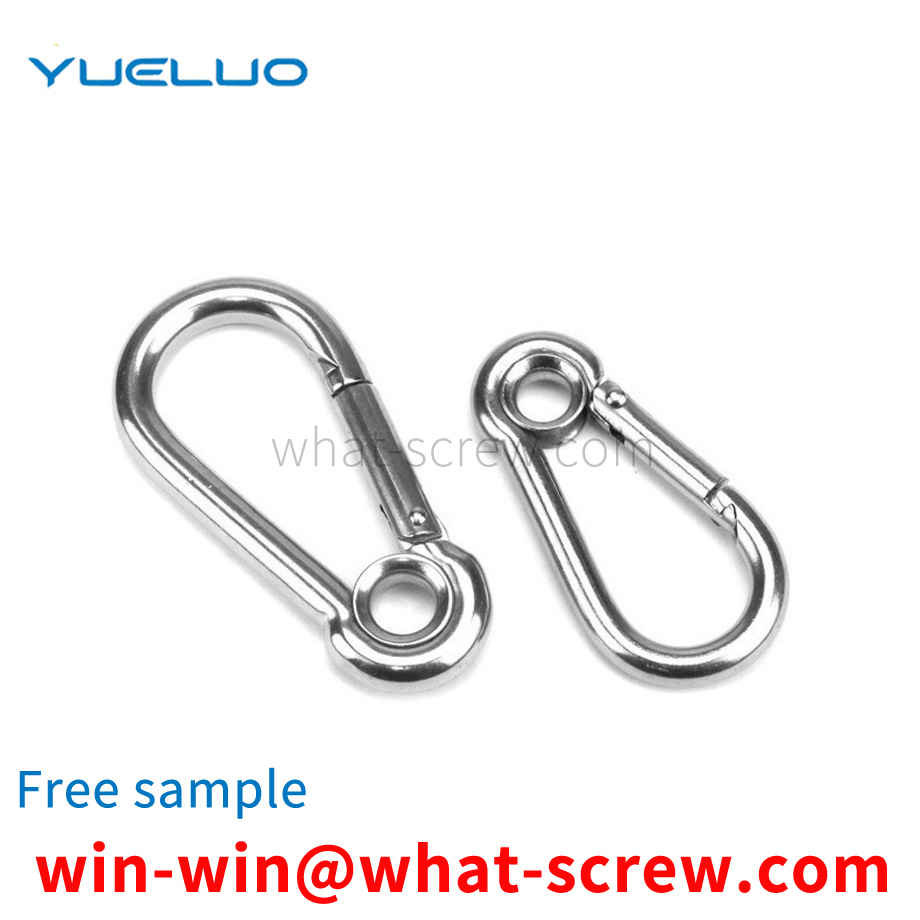
The beneficial effects of Guangdong Yueluo Hardware Industry Co., Ltd. are: the chip nut provided by Guangdong Yueluo Hardware Industry Co., Ltd. has a circle of serrated teeth protruding outward on the edge of the welding end face. During welding, excess solder After overflowing, it flows into the peripheral serrated convex tooth gap. In this way, on the one hand, the solder on the welding end face can be made uniform, and the welded chip nut can be neat and beautiful. On the other hand, the overflowed solder is combined with the serrated convex tooth gap. The welding area is increased, and the firmness and reliability of the welding are improved.
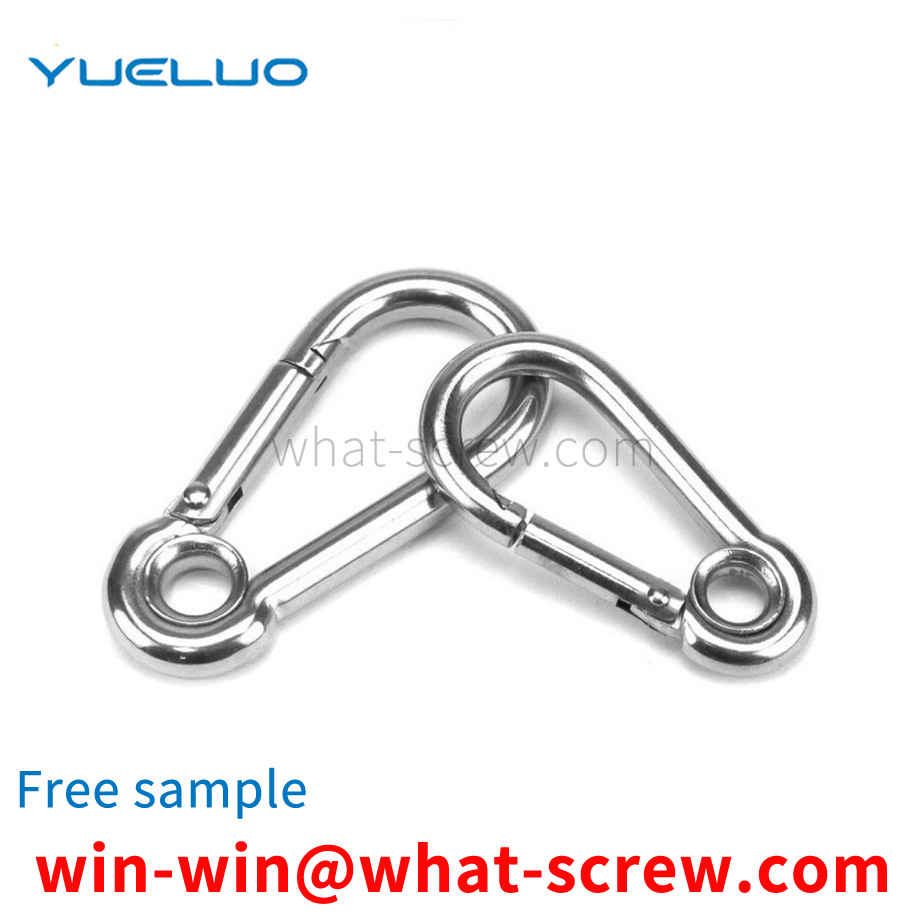
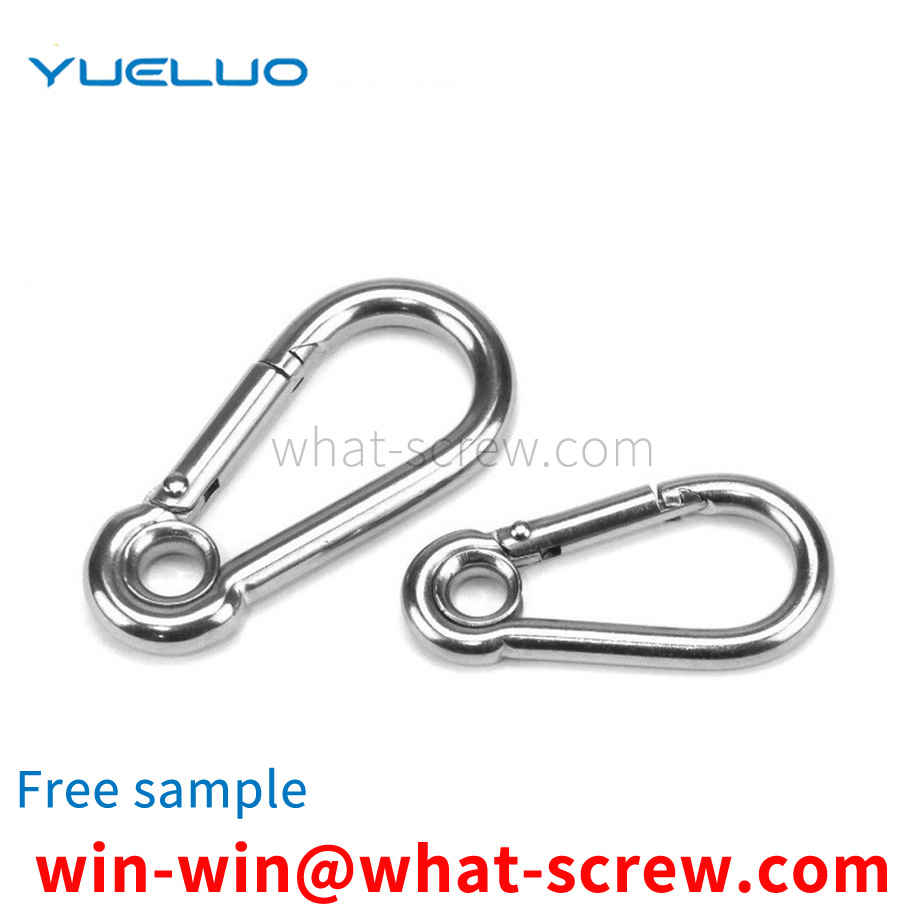
Other names of lock nut: root nut, locknut, nut. Purpose: To lock the outer joint of the through wire or other pipe fittings. The working principle of the nut is to use the friction between the nut and the bolt for self-locking. However, the reliability of this self-locking is reduced under dynamic loads. In some important occasions, we will take some anti-loosening measures to ensure the reliability of the nut locking. Among them, the use of lock nuts is one of the anti-loosening measures. There are also three types of lock nuts: The first is to use two identical nuts to screw on the same bolt, and add a tightening torque between the two nuts to make the bolt connection reliable. The second is a special anti-loosening nut, which needs to be used together with a kind of anti-loosening washer. The special lock nut is not a hexagonal nut, but a medium round nut. There are 3, 4, 6 or 8 notches on the circumference of the nut (depending on the size of the nut and the product series of the manufacturer). Several notches are both the focal point of the tightening tool and the snap-in of the lock washer bayonet. The third type is to drill through threaded holes from the outer surface of the nut to the inner thread surface (usually 2, which are distributed at 90 on the outer surface), which are used to screw in small-diameter countersunk head screws. The purpose is to give the thread Apply a centripetal force to prevent the locknut from loosening. The better quality lock nut sold on the market is inlaid with a small copper block that is consistent with the thread of the lock nut on the inner surface of the nut to prevent the radial jacking screw from directly contacting the locked thread and damaging the latter. . This kind of lock nut is gradually applied in the shaft end locking of rotating motion parts, such as the anti-looseness of the bearing at the mounting end of the ball screw. The second anti-loosening method is more reliable than the first, but the structure is relatively complex. Compared with the first two, the third clock has the characteristics of better anti-loosening effect, simpler and more beautiful structure and smaller axial size.
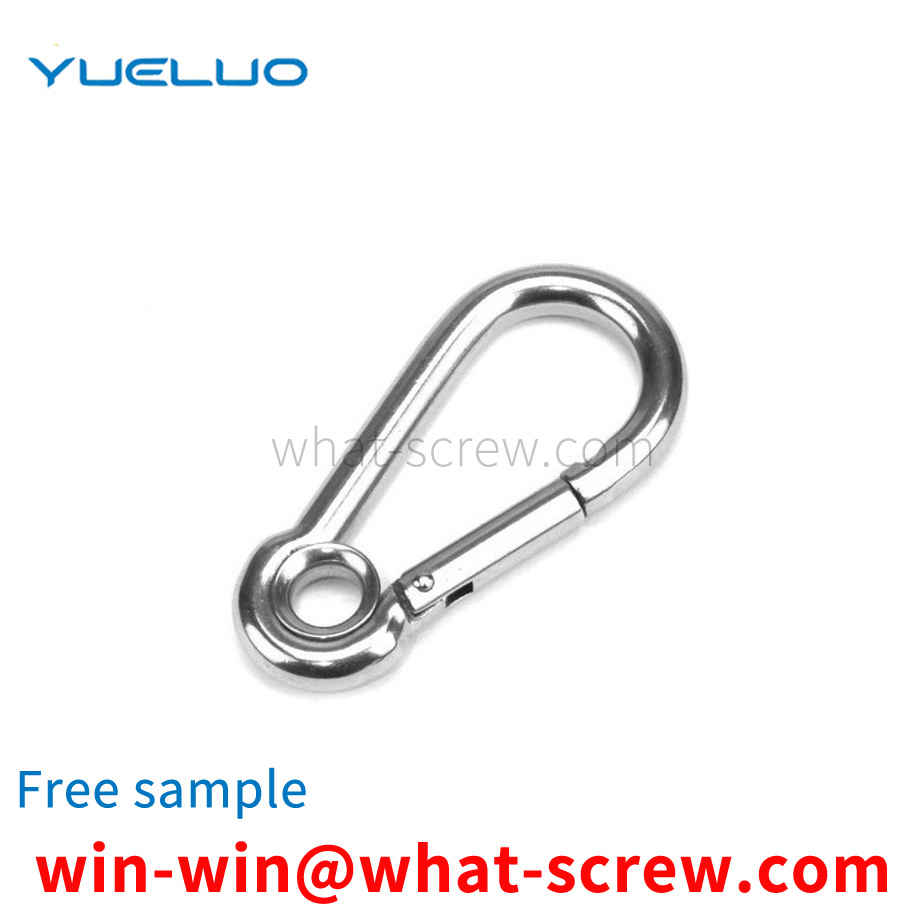
screw is a tool that uses the physical and mathematical principles of the circular rotation and friction of an object to fasten the parts of the object step by step. Since the parts to be fixed are different, different types of screws are required for different applications. Press screw is a new type of fastener applied to thin plate or sheet metal. The principle is to press the embossed teeth into the preset holes of the sheet metal. The diameter of the general preset holes is slightly smaller than the outer diameter of the pressure riveting screw. The periphery of the hole is plastically deformed, and the deformed object is squeezed into the guide groove, thereby producing a locking effect. However, the existing pressing screws are easy to loosen due to long use time or frequent vibrations, which is prone to certain hidden dangers.
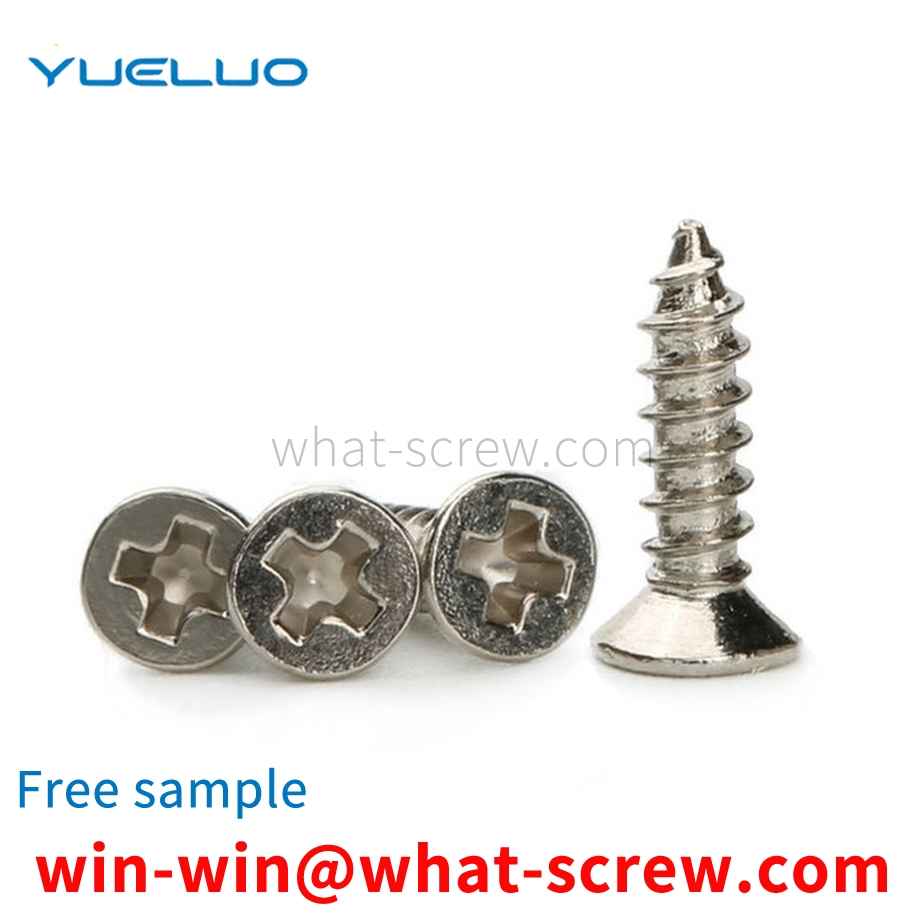
The above content is uploaded by Yueluo or the Internet. If there is any copyright issue, please contact [email protected].

What is the tolerance range of precision screws?

How to choose the right stainless steel screw manufacturer?

Why is there an R angle under the head of the hexagon head s...

We have more than ten years of production experience in the ...

We have more than ten years of experience in the production ...

We have more than ten years of experience in the production ...

We have more than ten years of experience in screw industry ...